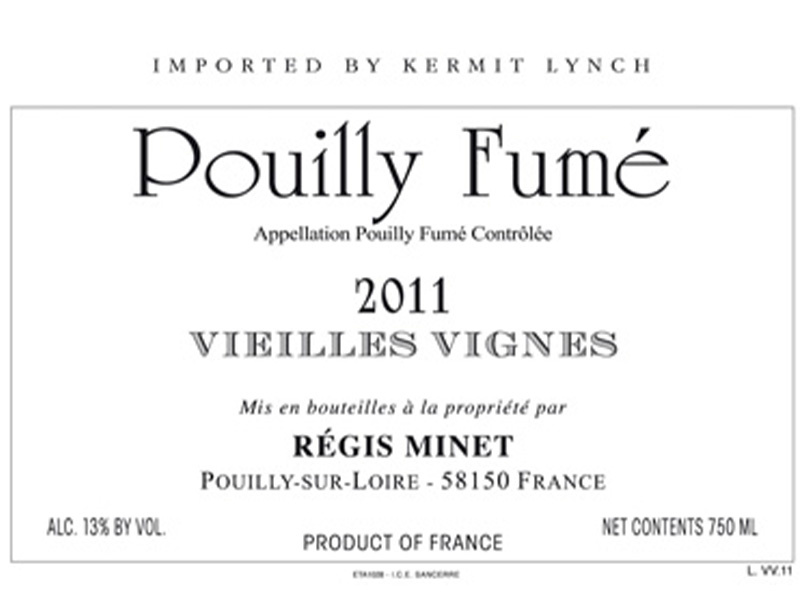You Say Fuissé, I Say Fumé
- Posted on
- Posted in California, chardonnay, france, Sauvignon Blanc
- 0

In the world of wine, there are many terms and places on labels that can be difficult to decipher. In some parts of the world, the wine is labeled by the grape variety name, and other places it is labeled by the place where the grapes are grown, and the wine is made. Sometimes having the wine labeled as the place is all you’ll need to know, to figure out what is in the bottle. In many places around the world, local laws dictate the grape or grapes that can be made into wine and bottled and labeled with that place name.
First of all, Pouilly-Fuissé is a wine made in the Mâconnais subregion of Burgundy, in the center of France, in the appellation called Pouilly-Fuissé. In this appellation, only white wines made by and labelled with the appellation name, and the only grape variety allowed, is Chardonnay. Any time you find a bottle of wine labelled Pouilly-Fuissé, it will be a dry and delicate white wine, made from 100 percent Chardonnay. It is also likely to have spent some time in oak, as that tends to be the style from this region. Price points are usually lower than those from the regions to its north, in the Côte de Beaune, where the wines are also made from Chardonnay.
A somewhat similarly named region and wine is Pouilly-Fumé. This wine does not hail from Burgundy, but instead comes from the Loire Valley, to the west of Burgundy. To add to the confusion, Pouilly-Fumé is not made from Chardonnay, but is instead made from 100 percent Sauvignon Blanc. Again, this appellation, too, only allows for white wines to be made from Sauvignon Blanc. The term “fumé” translates to smoke. The grapes get a grey bloom on them as they mature that is the color of smoke. These wines are known for having a smoky, or gun flint aroma that is believed to be from the terroir of the vineyards where they are grown, so the name is appropriate.
Another similarly named wine to Pouilly-Fumé is Fumé Blanc. This wine is not from France, this time, but from California. Sauvignon Blanc has existed in the United States since the 1800s. Robert Mondavi was a big proponent of wines made from this grape, and he started to produce dry Sauvignon Blanc beginning in the 1960s. Sauvignon Blanc didn’t have the best reputation in the US, as it was mostly known for making sweet wines, so Mr. Mondavi decided to pull the “Fumé” from its French roots, and “Blanc” from the grape name, to create a wine with its own unique identity. The name was not trademarked, making it available to other producers. Mondavi also wanted to do something to differentiate his wine from others, and chose to age his wine in oak, so the name Fumé Blanc has become synonymous for Sauvignon Blanc that has been oak aged, though there is no oak aging requirement.
White wines labelled Sancerre, also from the Loire Valley, will also likely be 100 percent Sauvignon Blanc. Other appellations in the Loire Valley producing Sauvignon Blanc include Touraine, Cheverny, Reuilly, and Quincy.
Chardonnay is grown world-wide, but remember that Chardonnay is the predominant grape in both Chablis and Burgundy, so white wines labeled from those regions will almost always be Chardonnay. One notable exception, Saint-Bris in Burgundy is an appellation for Sauvignon Blanc only!

Comments
Be the first to comment...